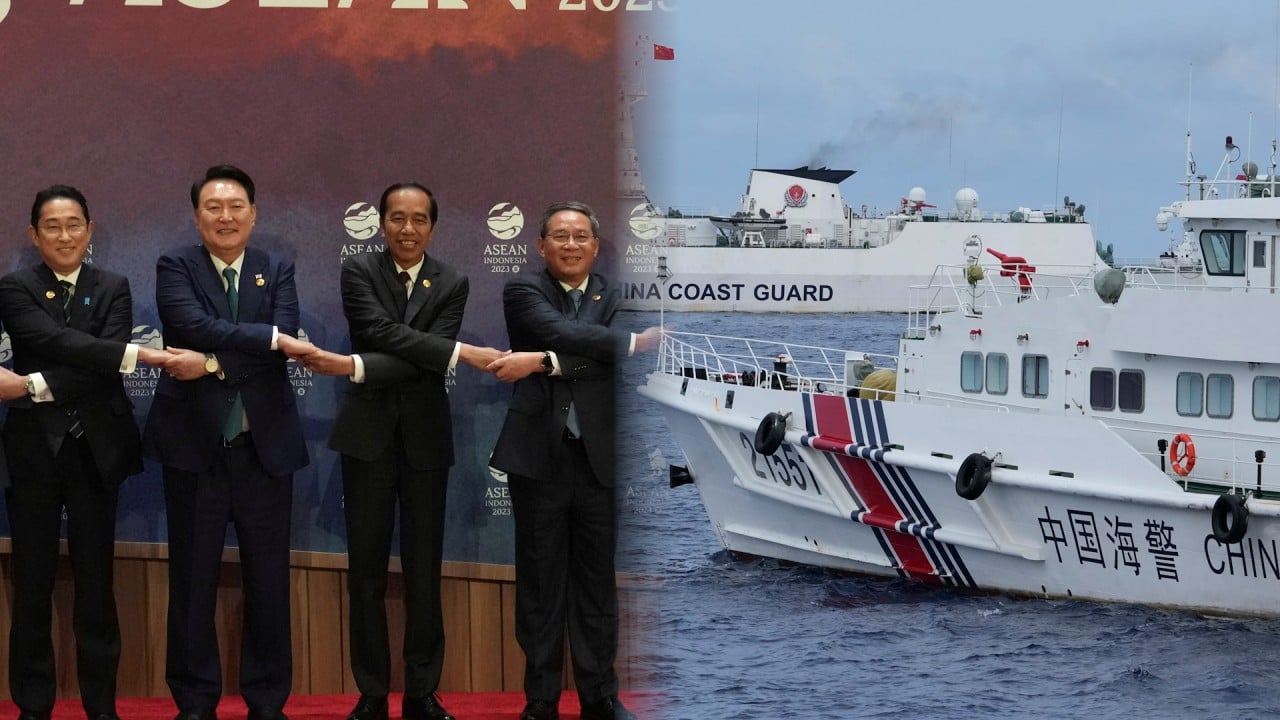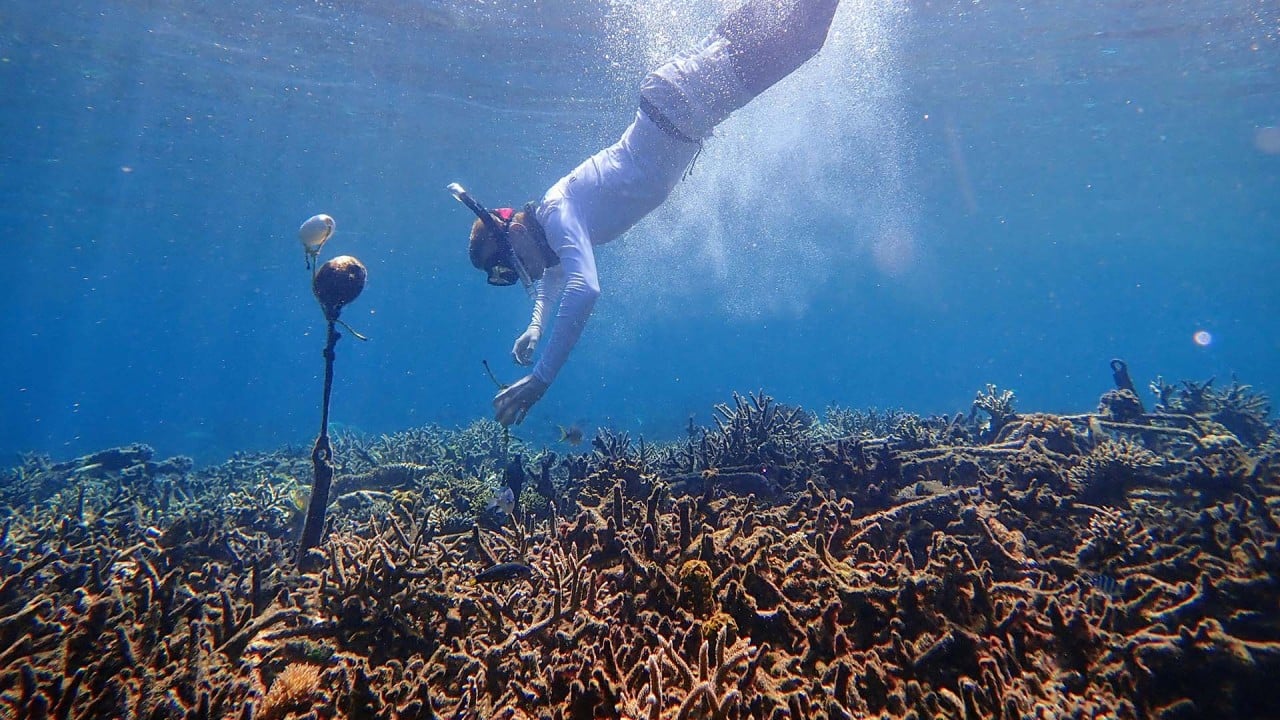
100-metre-tall watchtower to survey ocean in East China Sea and help protect Beijing’s ‘maritime rights’: state media
- Tongji Hai-1 multi-tiered stereoscopic tower base observation platform reported as world’s most advanced observation tower for comprehensive scientific research
- The project aligns with China’s ambition to be a prominent maritime nation
A new ocean observation structure that sits more than 100 metres above sea level and weighs over 4,500 tonnes is a significant leap in China’s marine research capabilities and will protect its maritime rights, according to a Chinese newspaper.
Once installed it will be the world’s most advanced observation tower for comprehensive scientific research, according to Science and Technology Daily.
The project, contracted by China Offshore Oil Engineering Co Ltd (CNOOC Engineering), will allow at least 66 diverse types, or 195 sets of observation equipment, to gather environmental and oceanic data.
“The platform facilitates real-time, high-resolution three-dimensional observations of the atmosphere, hydrosphere and lithosphere,” the report said.
It said the platform’s devices would continuously monitor environmental data, delivering precise oceanographic big data services crucial for research on climate change and serve as an early warning system for maritime disasters.
According to Science and Technology Daily, Hui Shengli, project manager at CNOOC Engineering, said the platform boasted the highest number of monitoring sensors among marine structures in China and would operate as a “smart” device with digital risk control and maintenance procedures.
It is a vital component of China’s first major national technological infrastructure project in the marine sector, known as the “Seafloor Scientific Observation Network”.
Made in China: South China Sea scientific mission marks critical tech first
By that time, more than a dozen countries, including the United States, Canada, and Japan, had established undersea observation networks.
This project – with a planned construction period of five years and a total investment exceeding 2.1 billion yuan (US$288 million) – aimed to establish undersea science observation networks in the East and South China seas, primarily connected via optical-electric composite cables.
Four frontier questions – such as human influences on land-sea interactions – are priority inquiry fields in this network, according to state news agency Xinhua.
Tongji University held a project signing ceremony for the observation platform with CNOOC Engineering in Shanghai in November 2022. Construction started in April in Qingdao, a coastal city in northeastern China.
The South China Morning Post sought comment from several scientists at Tongji University responsible for the platform but is yet to receive responses. One leading scientist, Shi Zhenming, indicated the team was not granting interviews about the facility, although the university announced the Tongji Hai-1 launch on its website on Saturday.
The project aligns with China’s ambition to become a prominent maritime nation.
In a national press conference held in July, Wang Hong, vice-minister of natural resources, said enhancing marine monitoring and early warning capabilities was one pathway to realising this goal.
Buoys over troubled water: Chinese tech taking ‘pulse of Pacific Ocean’
Wang also underscored the strategic significance of the ocean in realising China’s “high-quality development”.
According to Wang, the ministry has been working on a three-dimensional global ocean observation network.
It was made possible by establishing a comprehensive “land-sea-air-sky” system integrating marine stations, radar networks, buoys, the Seafloor Scientific Observation Network, volunteer ships, cross-section surveys and satellite remote sensing.
In addition to the monitoring system, Wang highlighted other aspects in China’s push to become an oceanic power and to achieve high quality development: promoting high-quality development of the maritime economy, strengthening conservation measures and using marine resources, and taking part in global marine governance.



